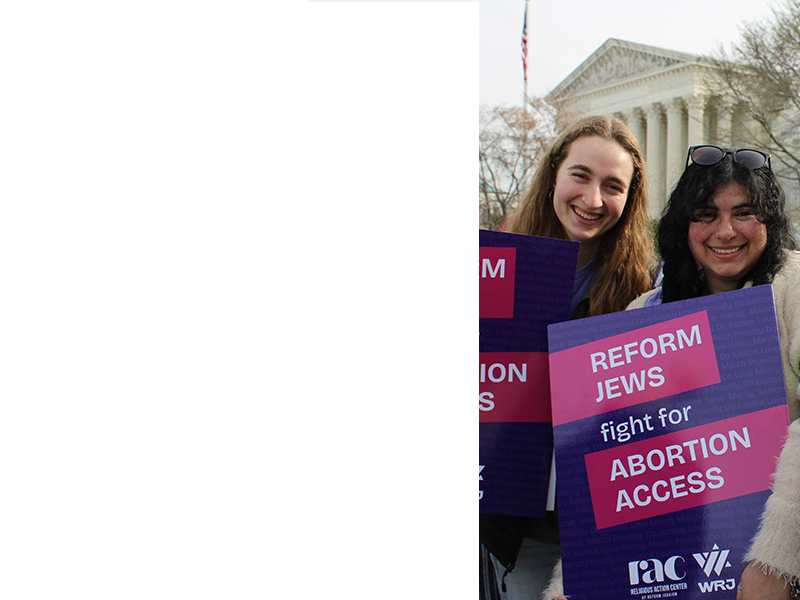Since the end of the Cold War, many of the ethnic, nationalist, and religious conflicts have been fought by warlords who have little interest in the Geneva Conventions which protect citizens? basic rights. As a result, children are often viewed as potential soldiers and have been forced into combat units because they are easily controlled and do not demand payment. Approximately 300,000 young men and women under the age of eighteen are involved in armed conflicts around the world today.
The negative impact of war on children cannot be overstated. The Graca Machel United Nations study, "Children: The Invisible Soldiers," provides detailed information of the problems that accompany using children as soldiers:
In Liberia, children as young as seven have been found in combat, while in Cambodia, a survey of wounded soldiers found that 20 percent of them were between the ages of 10 and 14 when recruited. In Sri Lanka, of 180 Tamil Tiger guerillas killed in one government attack, more than half were still in their teens, and 128 were girls?Many have been physically or sexually abused by the very forces for which they have been fighting, and have seen their parents killed, sometimes in the most brutal manner, in front of their eyes. Most have also been led in to participating in murder, rape and other atrocities. These children have no skills for life in peacetime and they are accustomed to getting their way through violence.
The Office of International Development Assistance, argues against establishing eighteen as the minimum age of enlistment because "the United States considers the seventeen-year age limit an important improvement in the protections extended to children by nations and the most feasible approach at the present time to secure the broadest possible consensus among the nations of the world." The U.S. also argues against establishing eighteen as the minimum age of enlistment into military because the Defense Department will oppose measures that prevent them from recruiting 17 year-old high school students and, therefore, make it difficult to achieve consensus within the U.S.

